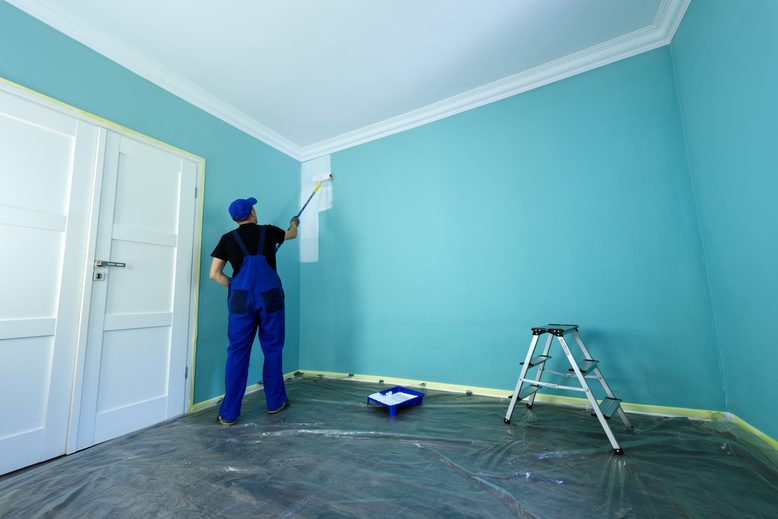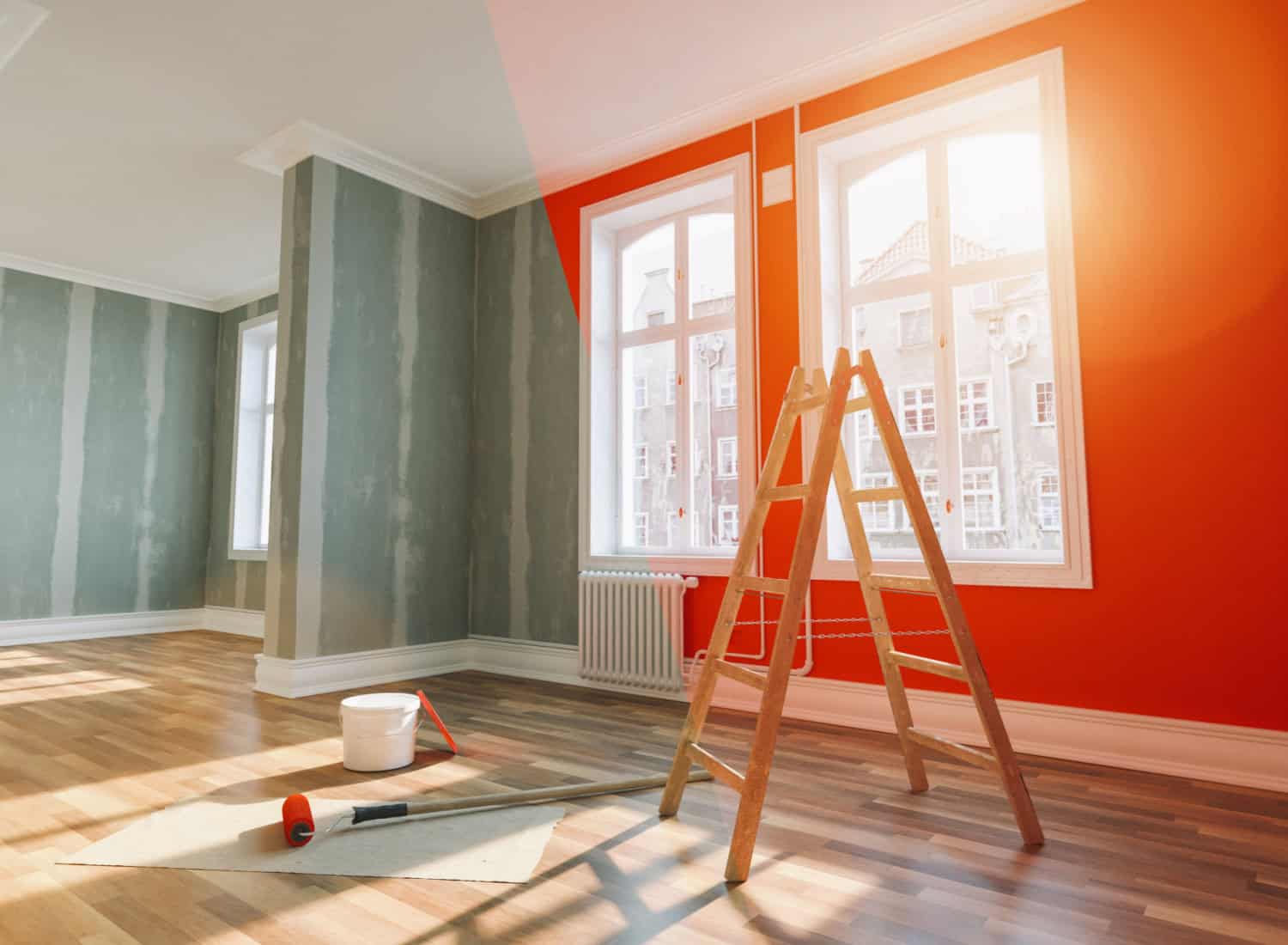Enhance Your Interior Decoration With Comprehensive Shade Assessment
The integration of color examination into interior style presents a distinct chance to refine and raise the aesthetic and emotional resonance of a room. By engaging with an experienced shade expert, you can browse the complexities of shade selection, making certain that your selections not just complement building features but additionally resonate with personal design and mental effect. This calculated collaboration can dramatically affect the overall atmosphere of your setting, fostering a sense of harmony and objective. Understanding the nuances of this procedure is important-- what essential facets should be thought about to accomplish optimum results?
Benefits of Color Examination

Additionally, color consultation help in making the most of all-natural light and enhancing spatial understanding. Lighter colors can make a space show up more large, while darker shades develop an intimate setting. Cleveland Metro Painting Specialists. This tactical application of shade can significantly affect the overall ambiance of any indoor space
Furthermore, expert consultants have a comprehensive understanding of existing trends and timeless classics, guaranteeing that the chosen shades will remain enticing gradually. This insight can save clients from costly redesigns in the future. Finally, color appointment encourages customers by offering them with a clear vision and instructions, fostering confidence in their design choices and inevitably bring about an extra gratifying and successful interior decoration result.
Recognizing Shade Psychology
The significance of shade psychology in interior style can not be overemphasized, as it dives right into the emotional and psychological effects that numerous shades can stimulate in individuals. Colors can influence state of mind, behavior, and also efficiency, making them an important consideration in any type of design project.
As an example, warm colors such as red, orange, and yellow are often connected with energy and warmth. They can stimulate sensations of enjoyment and comfort, making them ideal for social rooms like living areas or kitchens. Alternatively, cool shades like blue, eco-friendly, and purple tend to stimulate peace and harmony, making them perfect for bed rooms or meditation locations.
Additionally, the usage of neutral tones can develop a well balanced atmosphere by allowing the bolder colors to stand apart without overwhelming the senses. Comprehending these psychological influences makes it possible for developers to develop spaces that not just look visually pleasing yet additionally promote psychological health.
Incorporating shade psychology into interior decoration involves a thoughtful option of shades customized to the designated function of each space, eventually boosting the overall experience for its passengers. This understanding is important for achieving a practical and harmonious interior setting.
The Color Wheel Discussed
Understanding the partnerships between tones is necessary for efficient interior decoration, and the color wheel serves as a beneficial tool in this procedure. The color wheel, established by Isaac Newton in the 17th century, highlights the spectrum of colors prepared in a circular layout. It consists of primaries-- red, blue, and yellow-- that can not be produced by mixing other colors. Second colors, formed by combining main shades, include environment-friendly, orange, and purple. Tertiary colors result from mixing a key and a secondary color, causing tones such as turquoise and red-orange.
The color wheel helps designers understand the connections between colors, including complementary, comparable, and triadic plans. Corresponding colors, located contrary each various other on the wheel, create navigate here vibrant contrasts that can invigorate a space.
Using the color wheel in interior decoration not only enhances aesthetic appeal however likewise stimulates specific emotions and atmospheres, making it a vital reference for color appointment. Comprehending these relationships eventually empowers designers to develop spaces that are both functional and aesthetically exciting.
Choosing the Right Palette
Usually, selecting the appropriate palette is a definitive factor in attaining a successful interior decoration project. An appropriate color scheme can merge a space, boost its attributes, and evoke wanted feelings. To start, take into consideration the objective of the space. Various rooms serve diverse features and need combinations that reflect their desired use; for example, relaxing colors such as soft blues or greens function well in bedrooms, promoting leisure.
Following, consider the all-natural light offered. Light can substantially change just how shades show up, so it is important to examine the area at various times of the day. Furthermore, think about existing architectural components and home furnishings. A harmonious scheme must enhance these features, producing a cohesive look throughout the space.
When picking shades, make use of the 60-30-10 guideline, which recommends that 60% of the room need to be a dominant shade, 30% a second color, and 10% an accent color. This ratio ensures equilibrium and aesthetic rate of interest (Cleveland Metro Painting Specialists). Example shades on the walls before dedicating, as this enables you to see exactly how the tones interact with one another and the total setting they develop in your indoor design project.
Dealing With a Color Specialist

When working with a color consultant, the procedure normally begins with a preliminary consultation. During this meeting, Go Here you'll review your vision, choices, and the existing components in your room. The specialist will certainly assess your demands and may recommend certain color combinations that line up with your objectives.
After establishing an instructions, the expert will offer samples and aesthetic help to assist you imagine the recommended color design. This step is important, as shades can appear in a different way under differing illumination conditions.
Additionally, a color expert can assist you in picking complementary furnishings, artwork, and devices to integrate with your chosen palette. By teaming up closely, you can attain a polished aesthetic that elevates your interiors and produces a welcoming atmosphere. Ultimately, the competence of a color consultant can dramatically boost the overall influence of your design project.
Conclusion
In recap, detailed color consultation offers as a crucial tool for improving indoor style. By leveraging professional knowledge of shade psychology and spatial characteristics, a tailored shade palette can be created to stimulate certain emotions and develop an unified environment. This strategic technique not only cultivates a cohesive layout story but also mitigates the threat of pricey redesigns. Ultimately, involving with a color consultant makes certain an educated and aesthetically pleasing result, boosting the general experience of the space.
By engaging with an experienced shade professional, you can browse the intricacies of shade option, guaranteeing that your options not just complement architectural functions yet also resonate with individual style and mental influence. It makes up key colors-- red, blue, and yellow-- that can not be developed by Get the facts mixing various other colors.The shade wheel helps developers understand the relationships in between colors, consisting of complementary, comparable, and triadic systems.When choosing colors, use the 60-30-10 policy, which recommends that 60% of the area must be a dominant shade, 30% a secondary shade, and 10% an accent shade. By leveraging professional knowledge of shade psychology and spatial dynamics, a customized shade palette can be developed to evoke certain emotions and produce an unified environment.